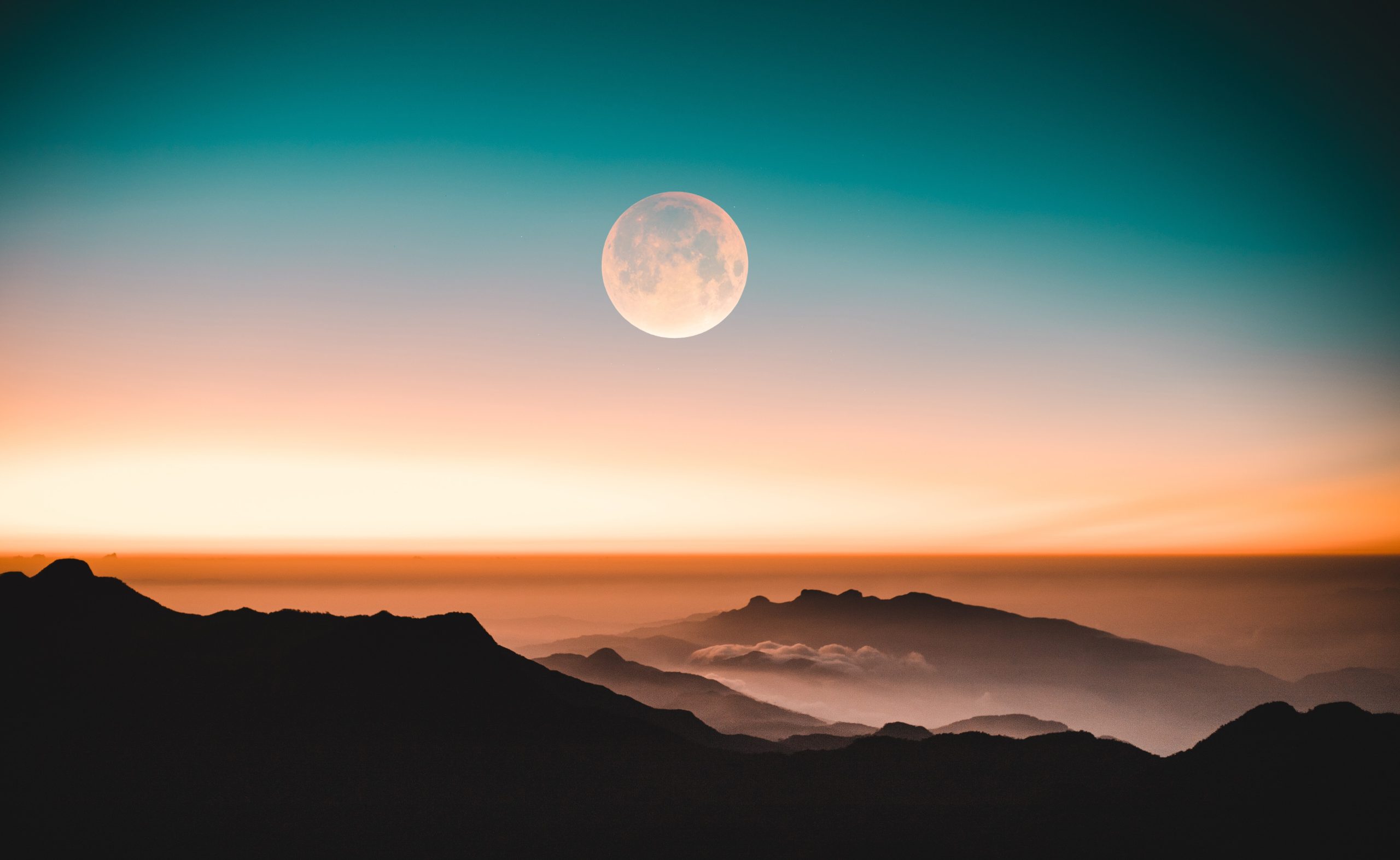The Lunar Period Cycle: Understanding the Phases of the Moon
The moon has fascinated humans for centuries. Its gentle glow and ever-changing appearance have captivated poets, artists, and scientists alike. One of the most intriguing aspects of the moon is its lunar period cycle, which refers to the regular sequence of phases the moon goes through each month. In this blog post, we will dive deep into the lunar period cycle, exploring its significance, the different phases of the moon, and the underlying mechanics that cause these phases.
The Significance of the Lunar Period Cycle
Before delving into the specifics of the lunar period cycle, let’s first understand why it is so important. The lunar cycle has been a crucial timekeeping tool for civilizations throughout history. Long before the invention of clocks and calendars, people relied on the moon’s phases to determine the passage of time.
Ancient cultures used the lunar period cycle to track the changing seasons, plan agricultural activities, and even govern religious and social rituals. Today, it continues to play a role in various domains, including agriculture, astronomy, and astrology.
Understanding the Phases of the Moon
The lunar period cycle consists of eight distinct phases, which are determined by the positions of the Earth, moon, and sun. These phases are:
- New Moon
- Waxing Crescent
- First Quarter
- Waxing Gibbous
- Full Moon
- Waning Gibbous
- Third Quarter
- Waning Crescent
Let’s discuss each phase in detail:
New Moon
The lunar cycle begins with the new moon phase. During this phase, the moon is located between the Earth and the sun, making it invisible to us. The dark side of the moon is facing the Earth, and no sunlight is reflected towards us.
Waxing Crescent
As the moon moves in its orbit, a small portion of the illuminated side becomes visible, marking the start of the waxing crescent phase. It appears as a slim crescent-shaped sliver in the western sky just after sunset.
First Quarter
The first quarter phase occurs when the moon has completed about one-quarter of its journey around the Earth. At this point, exactly half of the moon is visible to us. It rises around midday and sets around midnight.
Waxing Gibbous
During the waxing gibbous phase, the illumination of the moon continues to increase. More than half, but not all, of the moon’s surface is visible. It is often seen in the eastern sky during the afternoon and early evening hours.
Full Moon
The full moon phase is perhaps the most iconic and easily recognizable. It occurs when the Earth, moon, and sun are aligned in a straight line, with the Earth located in the middle. The entire illuminated side of the moon is visible from Earth, giving it a round and striking appearance.
Waning Gibbous
After reaching the full moon phase, the moon begins its journey towards the last quarter. During the waning gibbous phase, the amount of illuminated surface gradually decreases, appearing as a shrinking orb in the western sky during the late evening and early morning.
Third Quarter
When the moon is three-quarters of the way through its orbit, it reaches the third quarter phase. Approximately half of the moon’s surface is visible during this phase, but the opposite side from the first quarter. It rises around midnight and sets around midday.
Waning Crescent
In the final phase of the lunar period cycle, the moon is reduced to a small crescent-shaped sliver, similar to the waxing crescent phase. It rises shortly before sunrise and sets in the late morning.
The Mechanics behind the Phases
The changing phases of the moon are a result of its position relative to the Earth and the sun. As the moon orbits the Earth, it reflects sunlight, which creates the observed phases. The varying positions of the sun, Earth, and moon cause different portions of the moon to be illuminated or shadowed.
When the moon is between the Earth and the sun during the new moon phase, its dark side is facing us, hence the absence of visible illumination. As the moon moves along its orbit, the angles formed by the three bodies change, leading to the progression of different phases.
The time it takes for the moon to complete one cycle of all eight phases and return to the new moon is approximately 29.5 days. This period is known as a lunar month or synodic month.
Conclusion
The lunar period cycle is a fascinating natural phenomenon that has been observed and studied for centuries. From its historical significance in timekeeping to its role in various fields today, understanding the phases of the moon offers us insights into the celestial dance taking place in our skies.
Next time you step outside on a clear night, take a moment to gaze up at the moon and appreciate its mesmerizing phases. The moon, with its ever-changing appearance, reminds us of the beauty and wonder of our universe.
Table of Contents
